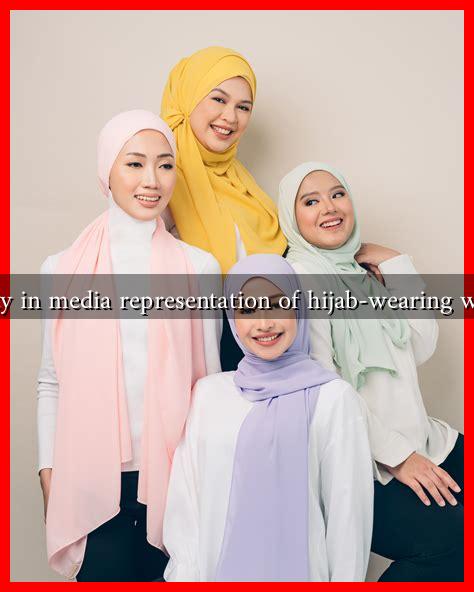-
Table of Contents
Why is Diversity in Media Representation of Hijab-Wearing Women Essential?
In recent years, the conversation surrounding diversity in media representation has gained significant traction. One area that remains critically underrepresented is the portrayal of hijab-wearing women. The hijab, a symbol of modesty and faith for many Muslim women, is often misrepresented or overlooked in mainstream media. This article explores the importance of diverse representation of hijab-wearing women in media, highlighting its impact on societal perceptions, cultural understanding, and individual empowerment.
The Importance of Representation
Representation in media shapes public perception and influences societal norms. When hijab-wearing women are portrayed in a limited or negative light, it perpetuates stereotypes and misconceptions. Diverse representation is essential for several reasons:
- Challenging Stereotypes: Media often depicts hijab-wearing women as oppressed or submissive. By showcasing a variety of experiences and narratives, media can challenge these stereotypes and present a more nuanced view.
- Promoting Understanding: Diverse representation fosters empathy and understanding among different cultural groups. It allows audiences to see hijab-wearing women as individuals with unique stories, aspirations, and challenges.
- Empowerment: Positive representation can empower hijab-wearing women by validating their choices and experiences. It encourages them to embrace their identity and share their stories.
Case Studies: Positive Representation in Media
Several media projects have successfully showcased the diversity of hijab-wearing women, providing a counter-narrative to mainstream portrayals. Here are a few notable examples:
- “Ramy” (Hulu): This critically acclaimed series features a Muslim-American protagonist navigating life, faith, and identity. The show includes hijab-wearing women in various roles, showcasing their complexities and individuality.
- “The Muslimah Who Wore Her Hijab to the Olympics”: This documentary highlights the journey of Muslim athletes who wear the hijab, breaking barriers in sports and challenging stereotypes about Muslim women.
- Social Media Influencers: Platforms like Instagram and TikTok have given rise to hijab-wearing influencers who share their experiences, fashion, and lifestyle, creating a more relatable and diverse representation.
The Impact of Misrepresentation
When hijab-wearing women are misrepresented in media, the consequences can be far-reaching:
- Reinforcement of Islamophobia: Negative portrayals can contribute to the stigmatization of Muslim communities, fostering fear and misunderstanding.
- Internalized Oppression: Misrepresentation can lead to feelings of inadequacy among hijab-wearing women, making them question their identity and choices.
- Limited Opportunities: Stereotypes can affect the professional opportunities available to hijab-wearing women, as they may be judged based on preconceived notions rather than their skills and qualifications.
Statistics and Research
Research indicates that diverse representation in media can significantly influence public attitudes. A study by the Geena Davis Institute on Gender in Media found that:
- Films with diverse casts are more likely to perform well at the box office.
- Viewers exposed to diverse characters are more likely to express positive attitudes towards those groups.
Furthermore, a report by the Pew Research Center found that 62% of Americans believe that media representation of different cultures is important for fostering understanding and acceptance.
Conclusion: The Path Forward
Diversity in media representation of hijab-wearing women is not just a matter of fairness; it is essential for fostering understanding, challenging stereotypes, and empowering individuals. As media continues to evolve, it is crucial for creators, producers, and consumers to advocate for more inclusive narratives that reflect the rich tapestry of experiences among hijab-wearing women. By doing so, we can contribute to a more equitable society where everyone’s story is valued and heard.
For further reading on the importance of diversity in media, you can explore resources from the Geena Davis Institute on Gender in Media and the Pew Research Center.

